Affiliate links on Android Authority may earn us a commission. Learn more.
What to expect from next-gen mobile processors in 2022
Published onDecember 31, 2021
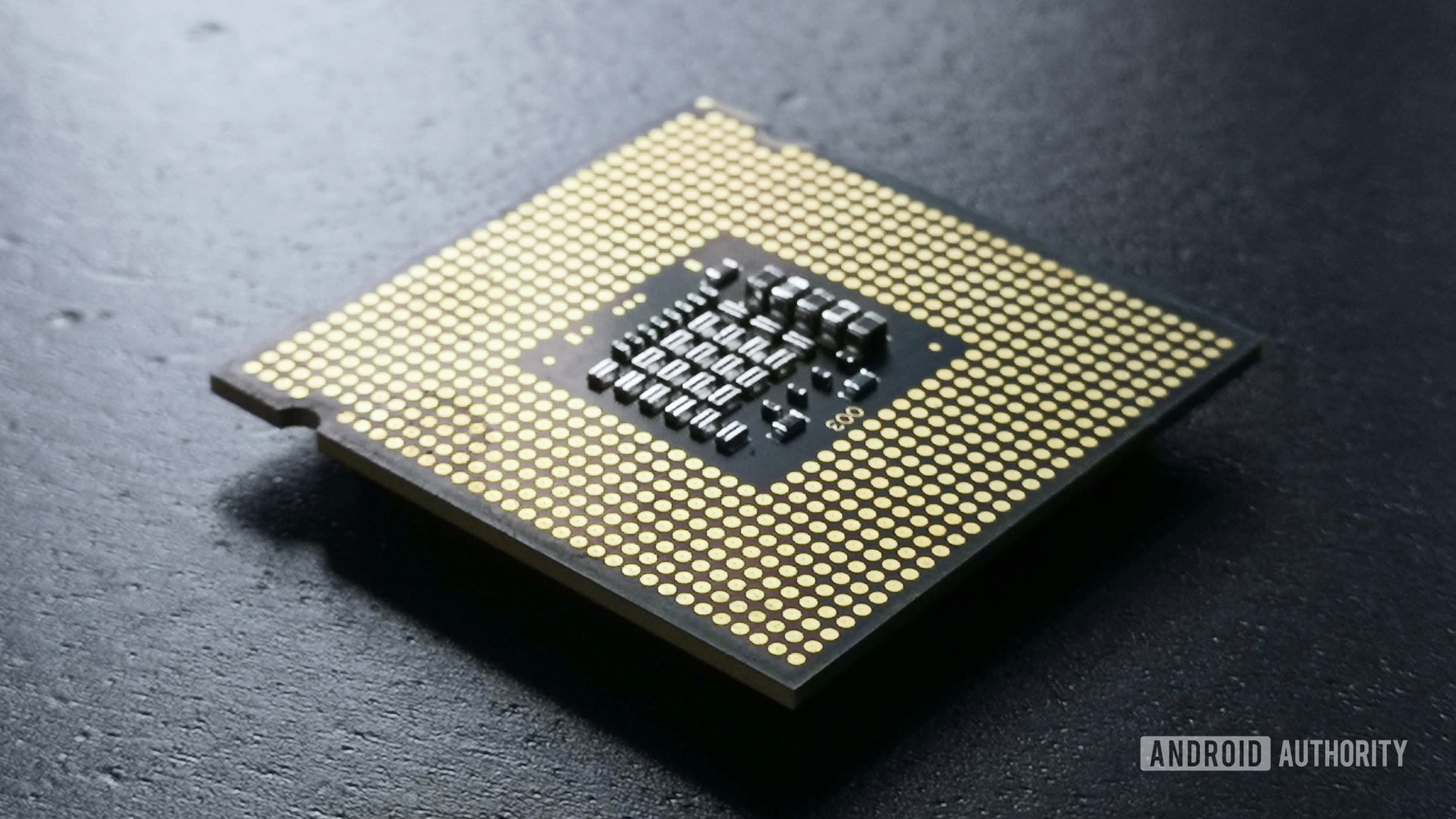
As 2021 draws to a close, talk inevitably turns to next-gen smartphones and their upcoming features. The beating heart of every handset is the system on a chip (SoC), packing in countless transistors that your phone’s apps, games, photographs, and more depend on. Big changes here can revolutionize your next smartphone experience, although industry maturity makes this more of a rarity these days.
Apple and Google have already announced their flagship smartphones that will last for the bulk of 2022, complete with in-house SoCs. We also know a fair bit about Qualcomm’s new Snapdragon 8 Gen 1 chipset, which will power the majority of next year’s Android smartphones, including the Galaxy S22 series. MediaTek is also making a play for the high-end with its Dimensity 9000, leaving Samsung’s next-gen Exynos as the only remaining unknown at this point.
If you want to learn more about the specifics of 2022’s flagship mobile processors, check out the links below. Otherwise, let’s explore the more general trends in store for next-gen SoCs powering 2022’s flagship handsets.
The first Armv9 CPUs
The first part of next-gen mobile processors that we already know about is the introduction of the first CPUs built on the latest Armv9 architecture, rather than the Armv8 architecture we’ve become accustomed to since 2011. Armv9 introduces a few new core features, including Scalable Vector Extension (SVE2) support, security-related Memory Tagging Extensions (MTE), and eventually hardware support for Realms for vastly improved system security. But what will be more instantly noticeable about next-gen SoCs is the CPU cores that they incorporate.
Back in May 2021, Arm announced three new Armv9-based CPUs: the Arm Cortex-X2, Cortex-A710, and Cortex-A510. These bigger, big, and little cores supersede the Cortex-X1, Cortex-A78, and Cortex-A55 found throughout 2021’s smartphone ecosystem. Once again, the Cortex-X2 will be available exclusively to partners in Arm’s Cortex-X Custom (CXC) program, but we’re looking at even broader adoption this time around.
Read more: Arm Cortex-X2, A710, and A510 deep dive
Headline performance improvements for the 64-bit only Cortex-X2 include a 16% jump over the Cortex-X1, extending up to 30% with manufacturing, clock, and cache gains factored in. The core also offers double the machine learning performance of its predecessor. Performance enhancements for the Cortex-A710 over the A78 are more muted at just 10% for the same manufacturing process and clocks, but that means there’s room for more juice on smaller nodes. However, the core boasts a 2x machine learning improvement and 30% energy efficiency gain over its predecessor, which is great for battery life. The little Cortex-A510 provides a 35% performance improvement, 3x gain for machine learning workloads, and 20% efficiency boost compared to a Cortex-A55, again on a like-for-like process and clock speed.
However, manufacturers will each implement these cores slightly differently, resulting in slight performance variations from Arm’s numbers. We’ve already seen this with announcements from Qualcomm and MediaTek, whose chips have some key differences despite using the same CPU cores. For example, the Snapdragon 8 Gen 1 uses a “merged-core” Cortex-A510 implementation, with two CPUs sharing their number crunching and cache capabilities.
CPUs will continue on their familiar trajectory, becoming faster, smarter, and more secure.
Apple and Google are an exception here, sticking to Armv8. The former is even more unique in that it continues to build CPU cores using an Arm architecture license. Apple’s A15 Bionic posts more muted 8% single-core and 22% multi-core performance improvements with the Apple A15 inside its latest iPhone 13 range. It seems like Apple has stuck with Armv8 for now, so Android is closing the gap in 2022 — although we could see a bigger jump in performance if the company finally moves to Armv9 in the successor to its M1 Macbook core.
As for Google Tensor, it makes use of 2021’s current-gen Cortex-X1, A78, and A55 Armv8 cores. So the Pixel 6’s capabilities are also markedly more current-gen rather than next-gen.
The key takeaway is that 2022 smartphones will be faster at both the high and lower ends of the processing spectrum, so everything from your games to background tasks will run that little bit faster. But perhaps more importantly, those little tasks and your typical apps will run more efficiently too, consuming less power and therefore prolonging your smartphone’s battery life. Not bad at all, if not exactly ground-breaking.
Two big CPU cores or just one?

As well as new architecture and cores, there’s also a minor shift in the configuration of Android mobile CPUs. The Pixel 6’s Google Tensor SoC sports two Cortex-X1 and two A78 CPUs, along with four smaller A55s. This configuration more closely resembles Apple’s A15 Bionic and older Samsung Exynos chips, with two powerhouse cores as opposed to the single X1 core you’ll find in the Exynos 2100 and Snapdragon 888.
MediaTek and Qualcomm stick to the move conventional 1+3+4 setup next year, so this looks set to be the norm for most flagship phones. Samsung’s next-gen chipset remains the unknown and the company has form for utilizing two powerhouse cores back in its Mongoose core days, although the Exynos 2100 took the more conventional single big core approach with the more back to off-the-shelf Arm components — and we’re expecting the same approach in 2022.
Snapdragon SoC guide: All of Qualcomm’s smartphone processors explained
After all, Arm continues to suggest that its partners pick a single high-performance core for use in mobile applications to balance area and power consumption. Based on what we’ve seen from the Cortex-X1, we’re inclined to agree. So two big cores might be a minor rather than a major trend, at least as far as Android smartphones are concerned.
Next-gen graphics and gaming
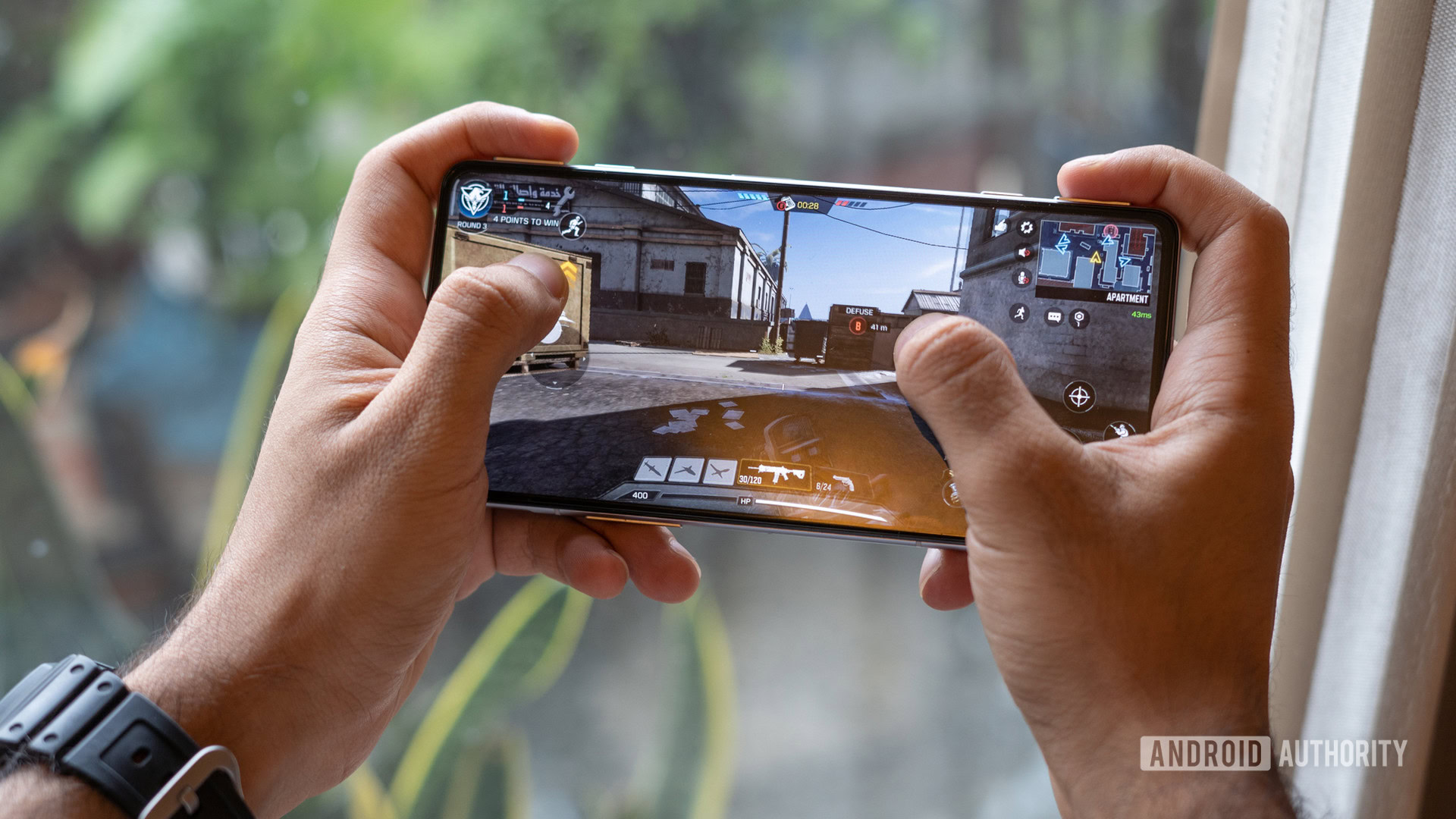
Every year we anticipate big jumps to smartphone gaming performance, but 2022 could offer one of the biggest shifts to date.
The big news is Samsung leveraging graphics from PC and console powerhouse AMD. Specifically, Samsung’s next-gen Exynos SoC will be powered by AMD RDNA 2 graphics architecture. That’s the same architecture you’ll find in the latest Xbox Series X/S, PlayStation 5, and swanky AMD RX6000 series graphics cards, only drastically shrunk down for low-power mobile devices. Exciting stuff.
However, we don’t yet know exactly what to expect from RDNA 2 performance once limited to a sub-5W power budget. Some early rumors point to it crushing Apple’s current lead, but we’ll wait and see, as mobile power and thermal budgets have become increasingly tight and regularly abused in recent years.
We do know more about the performance potential of the latest Apple, Google Tensor, MediaTek, and Qualcomm chipsets. We’ve been promised 30% and 35% gains over the Snapdragon 888, according to Qualcomm and MediaTek respectively. Apple’s A15 Bionic posts between 10% and 25% graphics gains, depending on the benchmark, and therefore remains some way out in front. Google Tensor is a little better than the current-gen but not by as much.
With PC-grade graphics, mobile gaming could be about to undergo a major revolution.
Features are just as important as raw performance. Qualcomm’s Snapdragon Elite Gaming package supports “desktop-level” volumetric rendering, image-based frame processing into its variable-rate shading, and frame interpolation, although there’s no ray tracing here. MediaTek is the only chip confirmed with this feature, albeit with a low-performance software implementation. Samsung’s Exynos 2200 is expected to be the first to introduce this at a hardware-accelerated level.
Mobile gaming could be about to undergo a major revolution across a selection of price points. We also have details on Arm’s latest mobile graphics technology that will likely power a range of other chipsets too — such as the mid-range Arm Mali G610 and G510. These are likely to form the bread and butter of mid-range chipsets, and the latter promises a 100% performance improvement over the previous generation Mali-G57. Talk about a major win for mid-range gamers. Other wins for mid-range Mali GPUs include gains in energy efficiency and machine learning capabilities.
Read more: Arm Mali-G710, G610, G510, G310 — Everything you need to know
Along these lines, Qualcomm has also announced its first gaming-oriented chipset — the Snapdragon G3x Gen 1. Unfortunately, the company has been shy on the chip’s specifics but there is already a development kit available from Razer. Like all of the above, we’re hoping this bears some tasty fruit for mobile gaming throughout 2022.
Qualcomm is testing the handheld gaming waters with its first dedicated SoC.
Imaging super-smarts
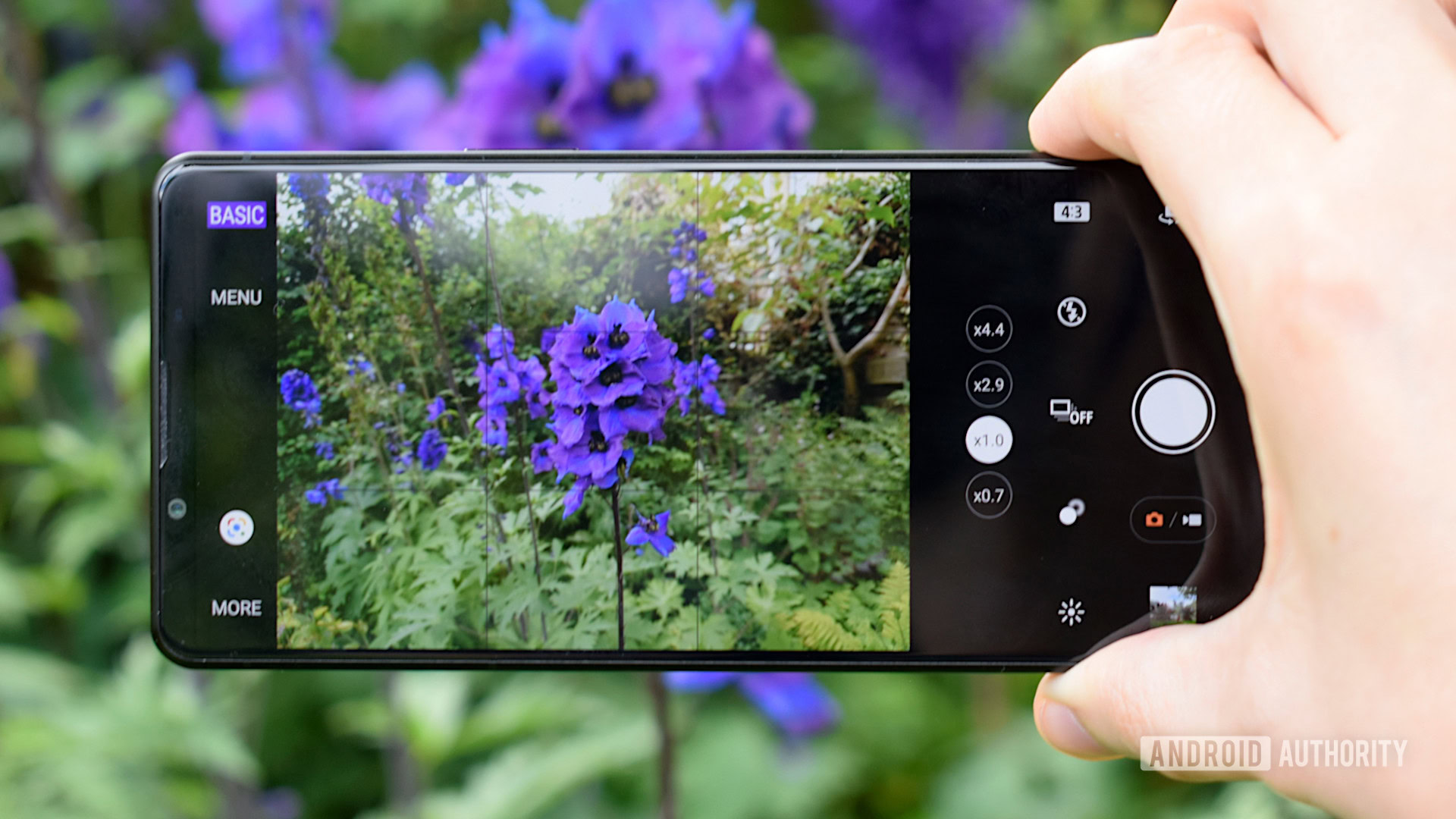
Brute processing power is so overrated these days. What really makes for a compelling, high-end modern mobile chip is heterogeneous processing smarts. Imaging and AI smarts, to be specific.
You might already be sick of hearing about machine learning digit-crunching capabilities, TOPS, and other intangible metrics, but they’re here to stay. Some numbers, such as the push for 8K 30fps and 4K 120fps video recording, might have a bit more weight behind them. But what most consumers will probably have their eye on is whether next-generation smartphones can take better snaps.
We’ve seen a few interesting trends already in 2021 that could point the way ahead for 2022 smartphones. Chinese brands vivo and Xiaomi are forging ahead with in-house image signal processors (ISP) for their high-end phones and, of course, Google’s Tensor SoC packs its latest imaging smarts and offers a raft of improved imaging features that run on its custom TPU. Likewise, both MediaTek and Qualcomm increasingly bring more ML smarts into their camera silicon.
Mobile SoC ISPs are also important for pairing up with the latest image sensors. Chipsets continue to support extreme resolutions such as Samsung’s 200MP sensor, Samsung’s Staggered HDR, and Sony’s DOL-HDR data, while OPPO is introducing its own ISP algorithms for RGBW sensors. All of which help capture better-looking pictures.
See also: From continuous zoom to RGBW sensors — OPPO reveals plenty of camera innovations
MediaTek’s Dimensity 9000, for example, sports up to 320MP image sensors, while Qualcomm’s latest ISP can handle 18-bit RAW images and 8K 30fps HDR video. Even though we’ve seen some meaningful improvements here, smartphone designers may continue to look to augment SoC imaging capabilities in order to drive product differentiation.
The smallest processors yet
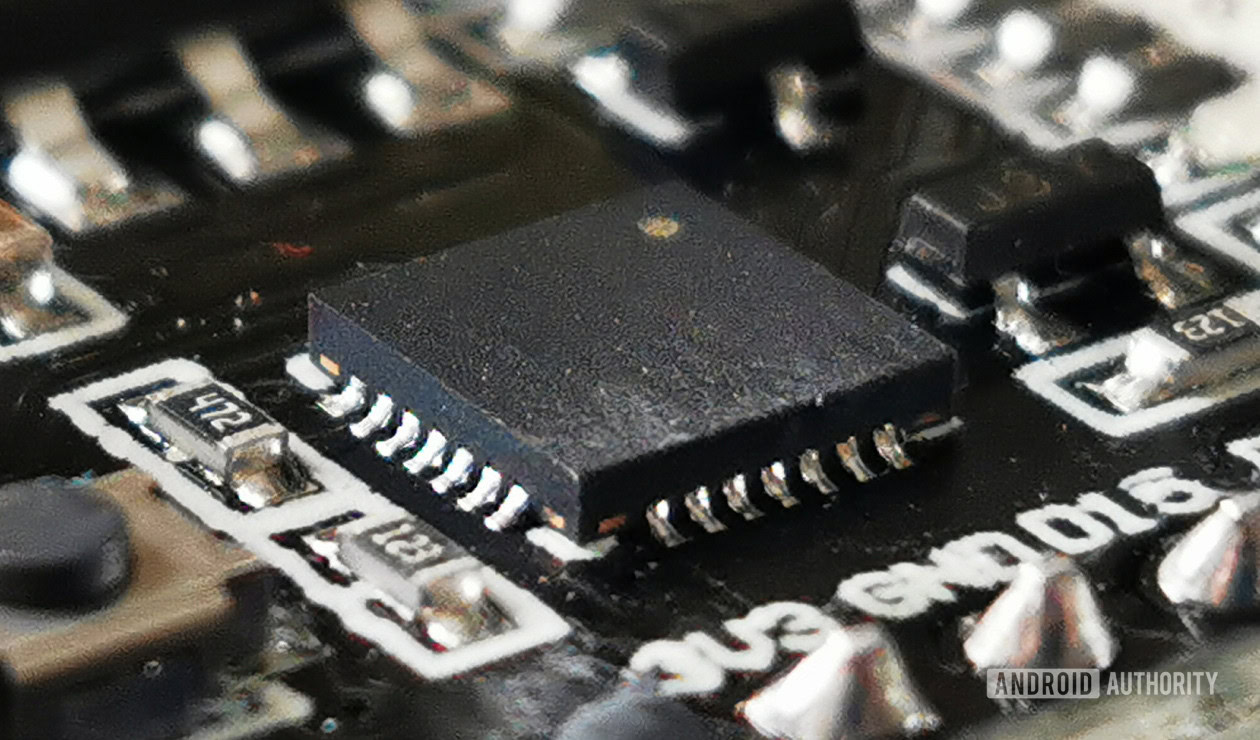
Impressively, all this technology fits into processors that are smaller than ever before. 2021 processors were built on 5nm manufacturing processes but these are shrinking to 4nm come 2022 for all major flagship chipsets.
For example, Qualcomm’s Snapdragon 8 Gen 1 is built on Samsung’s 4nm node and we’re anticipating the same from Samsung’s next-gen Exynos chip. MediaTek leverages TSMC’s N4 node for the Dimensity 9000, resulting in a 6% transistor density improvement over its N5 option — although that’s more of an iterative rather than game-changing shrink to manufacturing.
Impressively, all this technology fits into processors that are smaller than ever before.
The exceptions to the rule are Google Tensor, which is based on Samsung’s existing 5nm (5LPE) process used by the Snapdragon 888, and Apple’s A15, which is based on TSMC’s second-gen 5nm N5P fabrication process.
However, Apple is almost certain to buy up manufacturing time on the latest and greatest fabrication lines in the future. The Apple M2 processor for future MacBooks is said to be in production on a 4nm line. HUAWEI too, if it has something to unveil, also has a history of having its chips built on the latest process available.
More on the 5G front
You’re probably not that enthralled by the talk of 5G. The rollout so far has been pretty disappointing and we’re not expecting anything game-changing to come about due to 2022’s mobile processors.
Nevertheless, we will see new and improved 5G components inside 2022 smartphones. Qualcomm’s latest high-end Snapdragon X65 modem boasts improved carrier aggregation for speeds up to 10Gbps, along with support for new mmWave bands, and PowerSave 2.0 functionality for longer battery life. We’re also hoping for more previously high-end features to make their way to more affordable price points. For instance, MediaTek is planning to debut its first mmWave chipset at a less than flagship price point.
These incremental updates, and those from other manufacturers, ensure that next year’s smartphones will be that little bit more futureproof as we begin the march towards 5G Standalone networks, particularly for more affordable phones that currently provide less fleshed out 5G modem capabilities.
Better Bluetooth audio
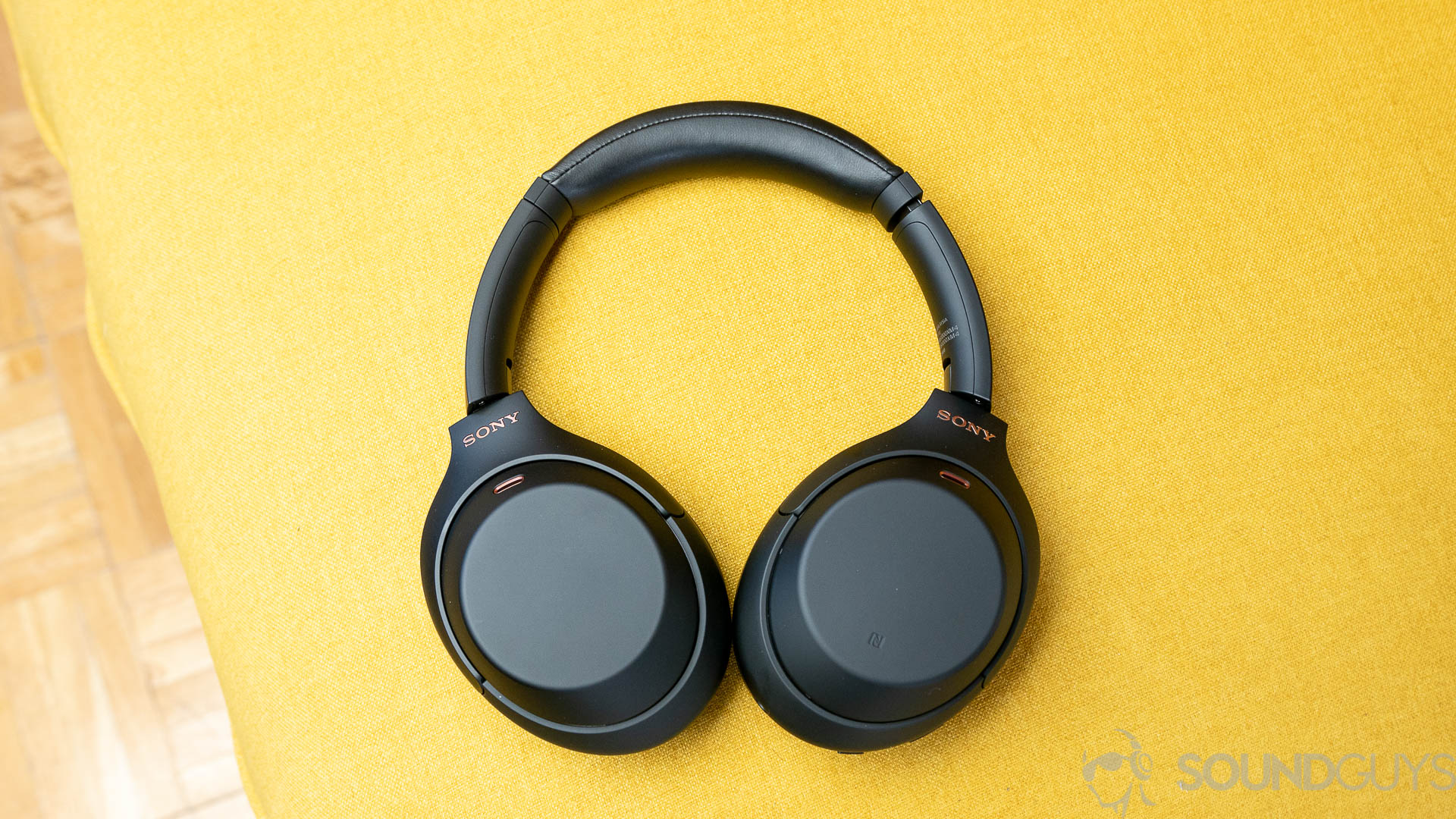
LE Audio is already supported in current chipsets, and makes its way to the Dimensity 9000 along with Bluetooth 5.3. LE Audio’s LC3 codec promises superior quality sound and new listening experiences compared to the aging SBC codec.
So far we haven’t seen a lot of support in handsets and headphones yet, but Android 12 is set to bake support into our favorite smartphone OS, and more products should be heading to market. Hopefully, we’ll see broader chipset support for LE Audio both up and down the price points as well as across manufacturers.
Outside of the core Bluetooth specification, Qualcomm recently unveiled its aptX Lossless codec. This promises bit-exact CD-quality audio transmission over Bluetooth to compatible Snapdragon Sound headphones, which should arrive on the market sometime in 2022. If you’re in the market for some premium wireless audio gear, 2022 chipsets and smartphones should be on your watchlist.
Mid-range chips that close the flagship gap
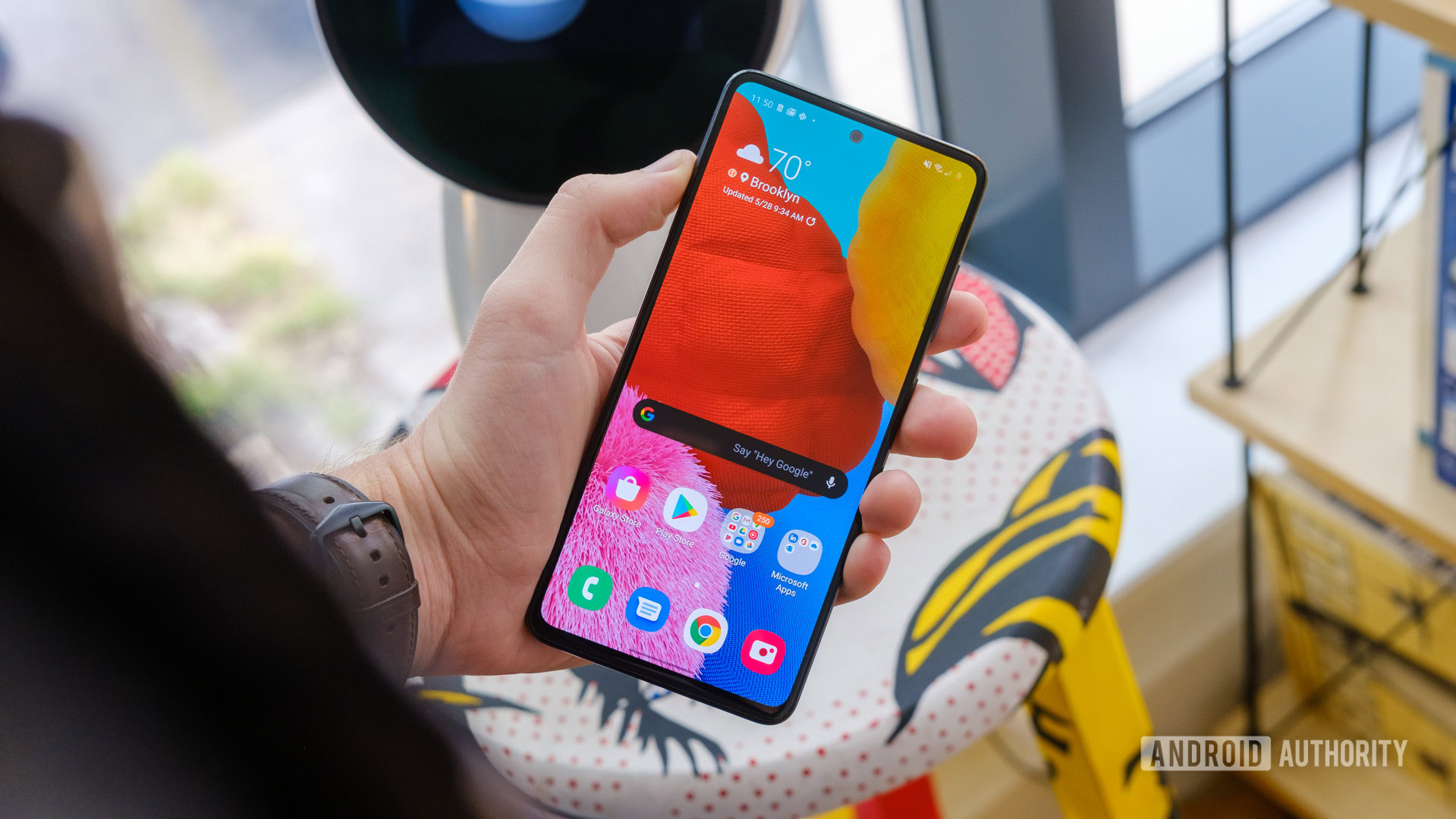
Mid-range processors have begun closing the performance gap on flagship-tier products in the past couple of years. They’re already at the point where you can’t tell the difference for day-to-day tasks and apps between mid-range and flagship phones. They’re pretty adept at gaming too, excluding the few ultra-demanding mobile titles.
It’s not clear if mid-range chips will immediately make the move to Armv9 CPU cores, but even last-gen Cortex-A78 CPUs are more than fast enough for all your app needs. This is where next-gen mid-tier mobile processors could well end up if rumored MediaTek Dimensity 7000 specs are to be believed. We hope to see a more meaningful closing of the gap in terms of graphics, 5G bands and speed, imaging features and machine learning, and wireless connectivity such as Wi-Fi 6E and the aforementioned Bluetooth 5.2 with LE Audio.
Based on the current rate of progress, this seems eminently feasible although I wouldn’t hold your breath on all these features making their way to the mid-range immediately. In addition, we may have to wait until a little later in 2022 before we see some more mid-range announcements, and it may be even later in the year before these chips make their way into consumers’ hands.
What to expect from mobile processors in 2022
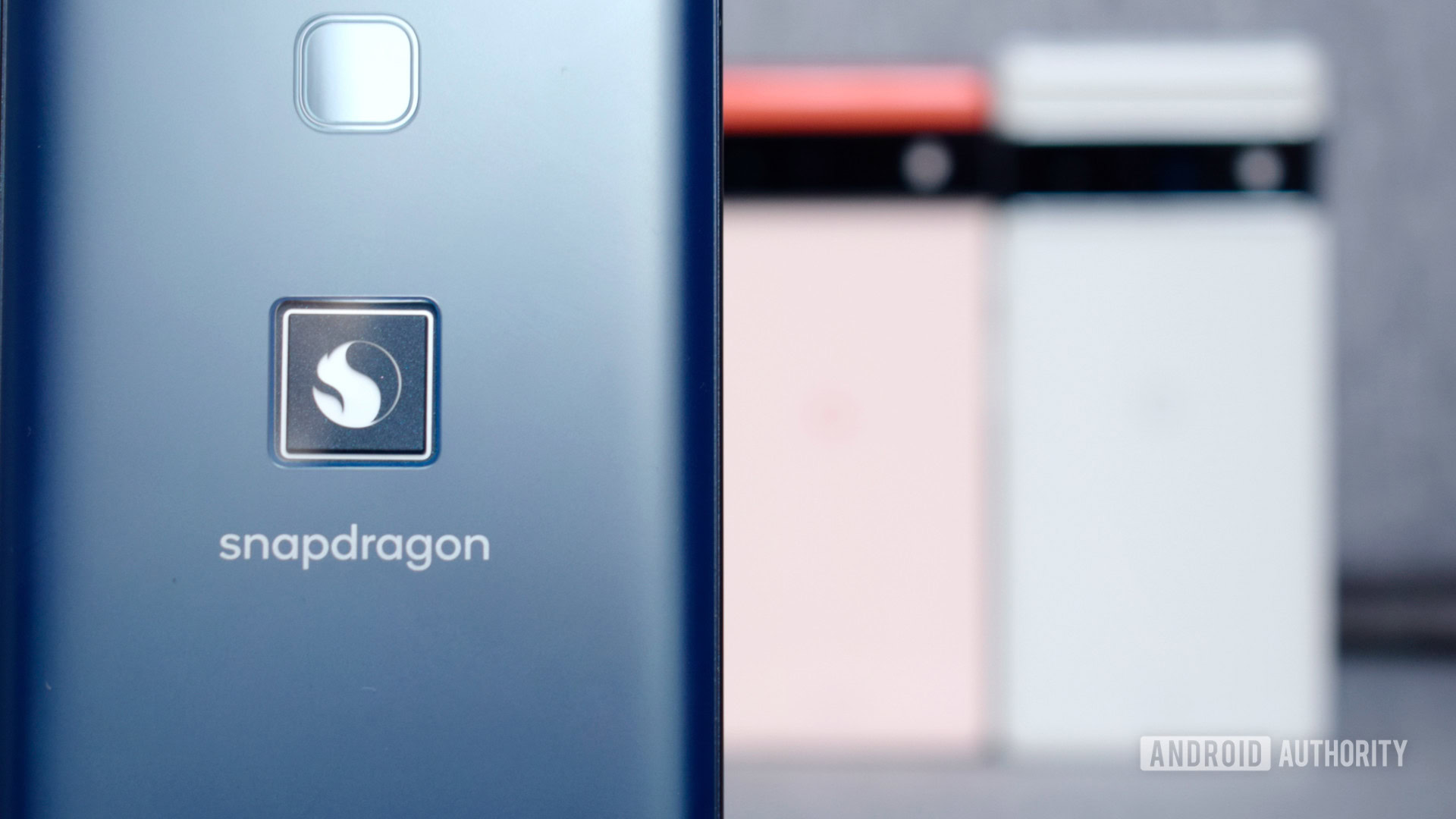
The tick-tock of smartphone performance improvements feels all rather familiar and perhaps, on its own, isn’t all too exciting. And as we’ve noted before, we’re now well past the point of needing more power to browse social media and send texts. But there are subtle improvements too. We’re hopefully looking at much more efficient gaming, which should translate into longer gaming time and more sustainable performance.
Camera and machine learning improvements are equally important as they continue to empower new and exciting use cases. See the Google Pixel 6’s Live Caption and Magic Eraser features for a glimpse of what’s already possible — and we’re anticipating more of this over the course of 2022.
Great smartphones aren’t about raw specs — it also comes down to use cases. What we actually see from next-gen phones depends entirely on how manufacturers choose to leverage all of this available SoC technology to build compelling devices. Along those lines, we’ve previously seen Samsung’s Galaxy handsets miss out on some Exynos features, such as 8K video and AV1 decoding, to keep parity with Snapdragon variants. It will be interesting to see how those flagship products pan out with the introduction of AMD graphics.
Either way, roll on 2022. There’s plenty to look forward to.